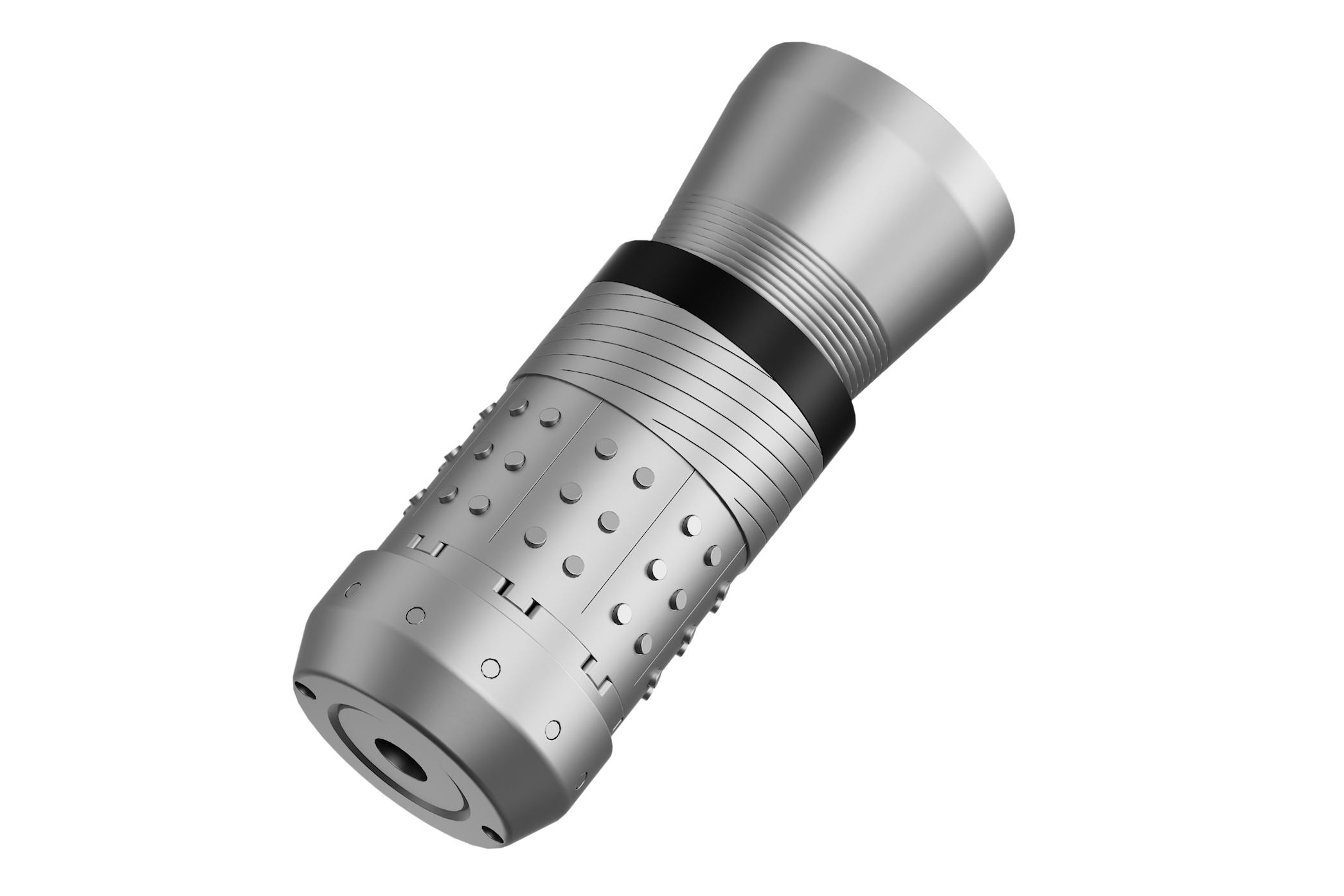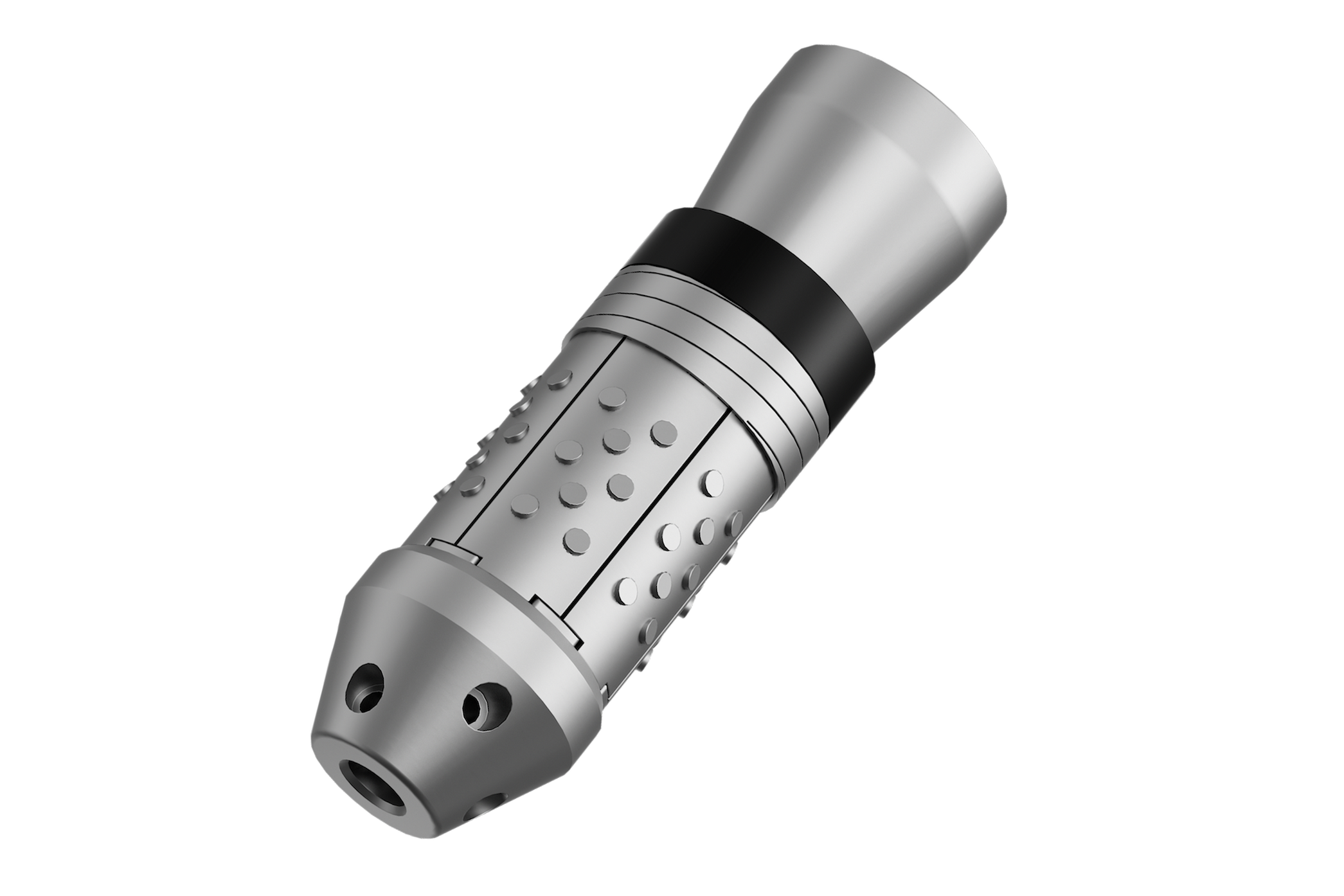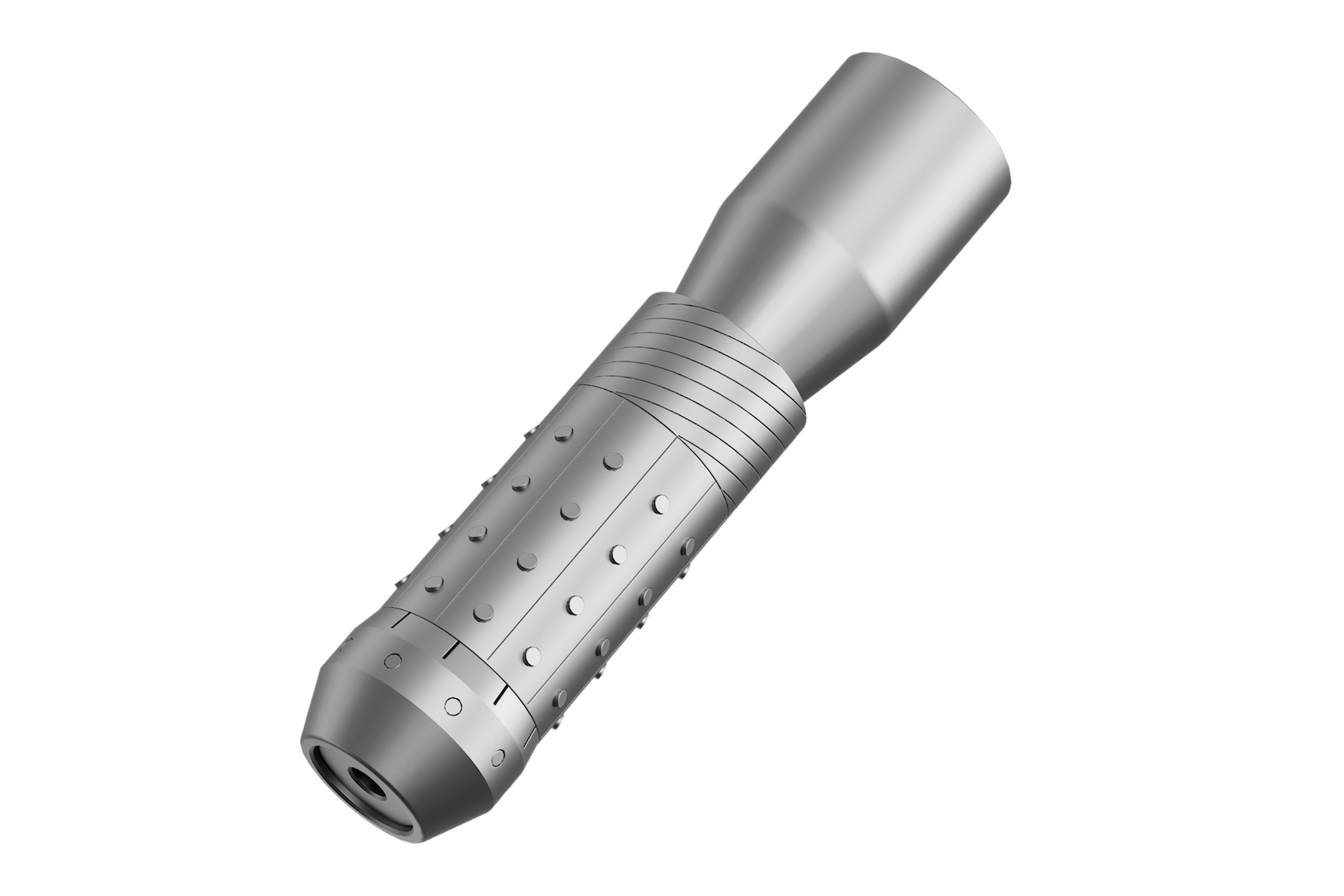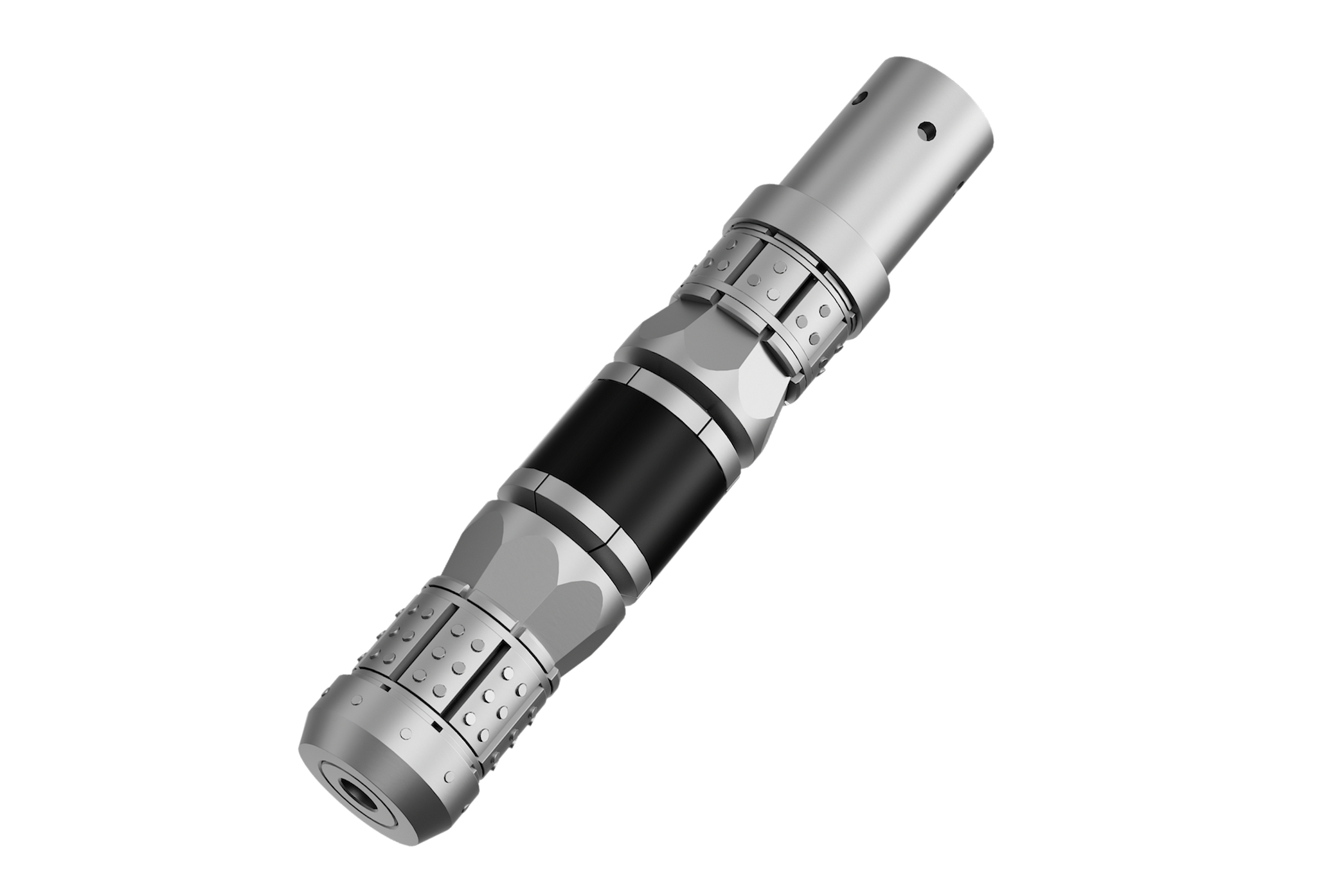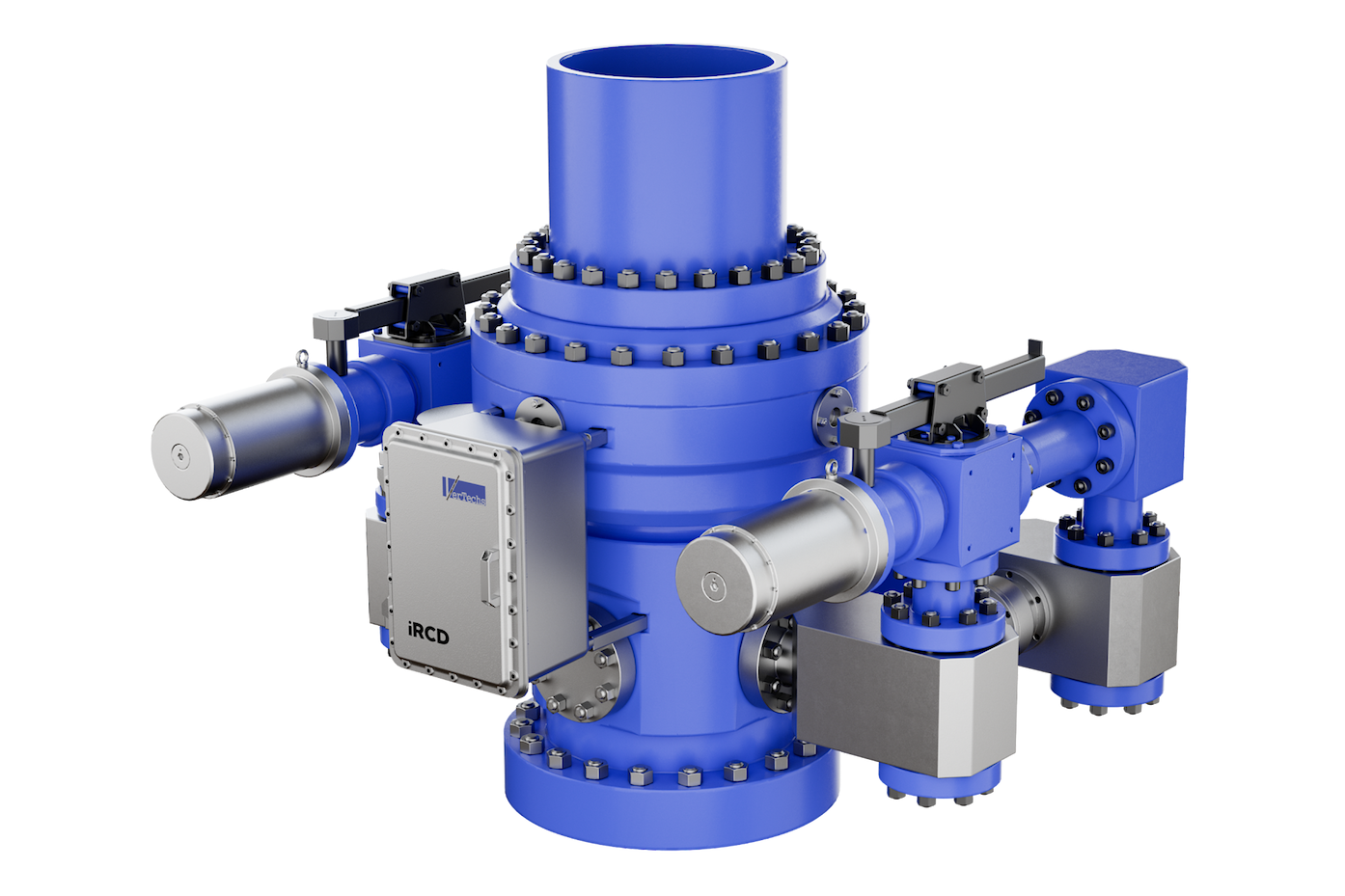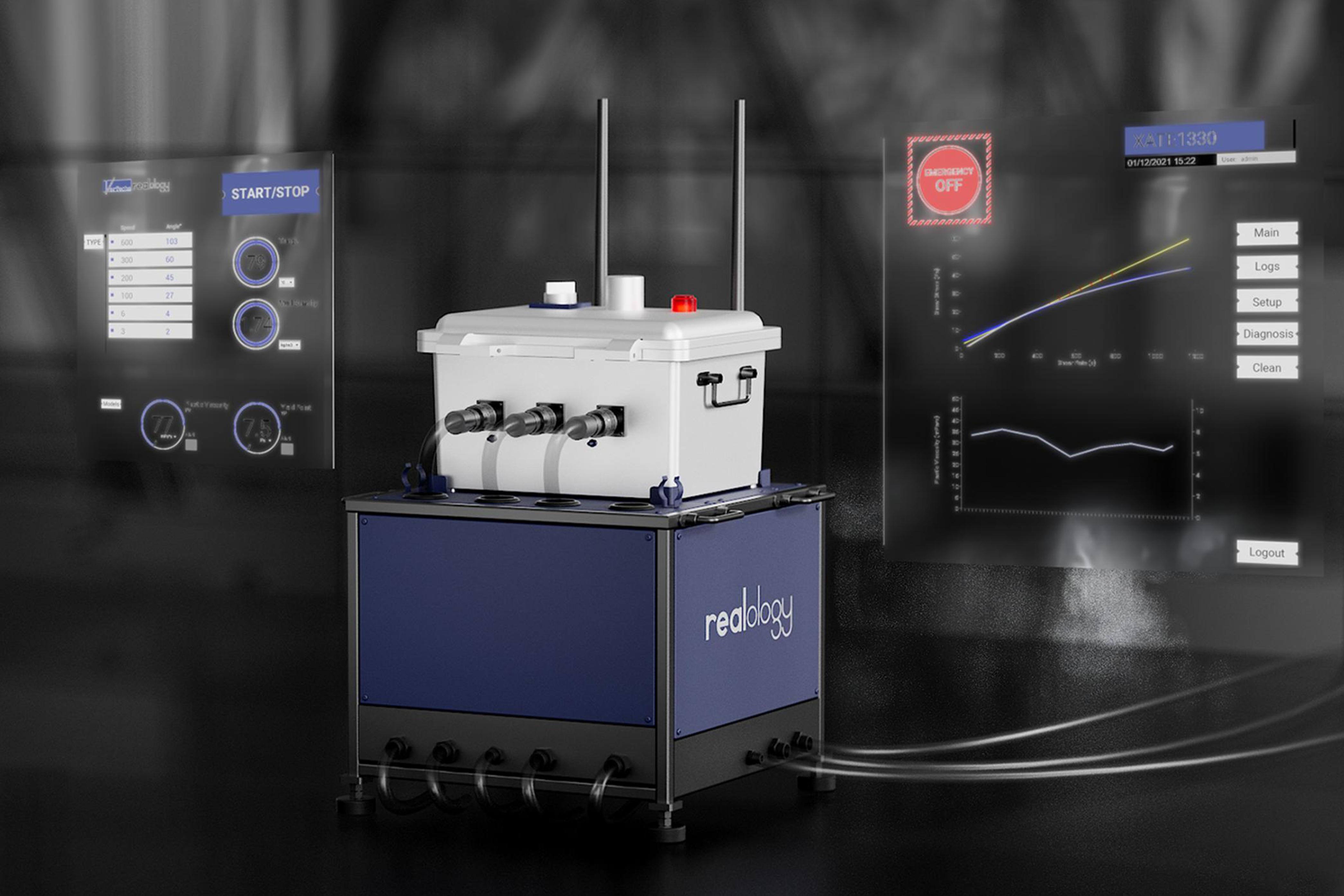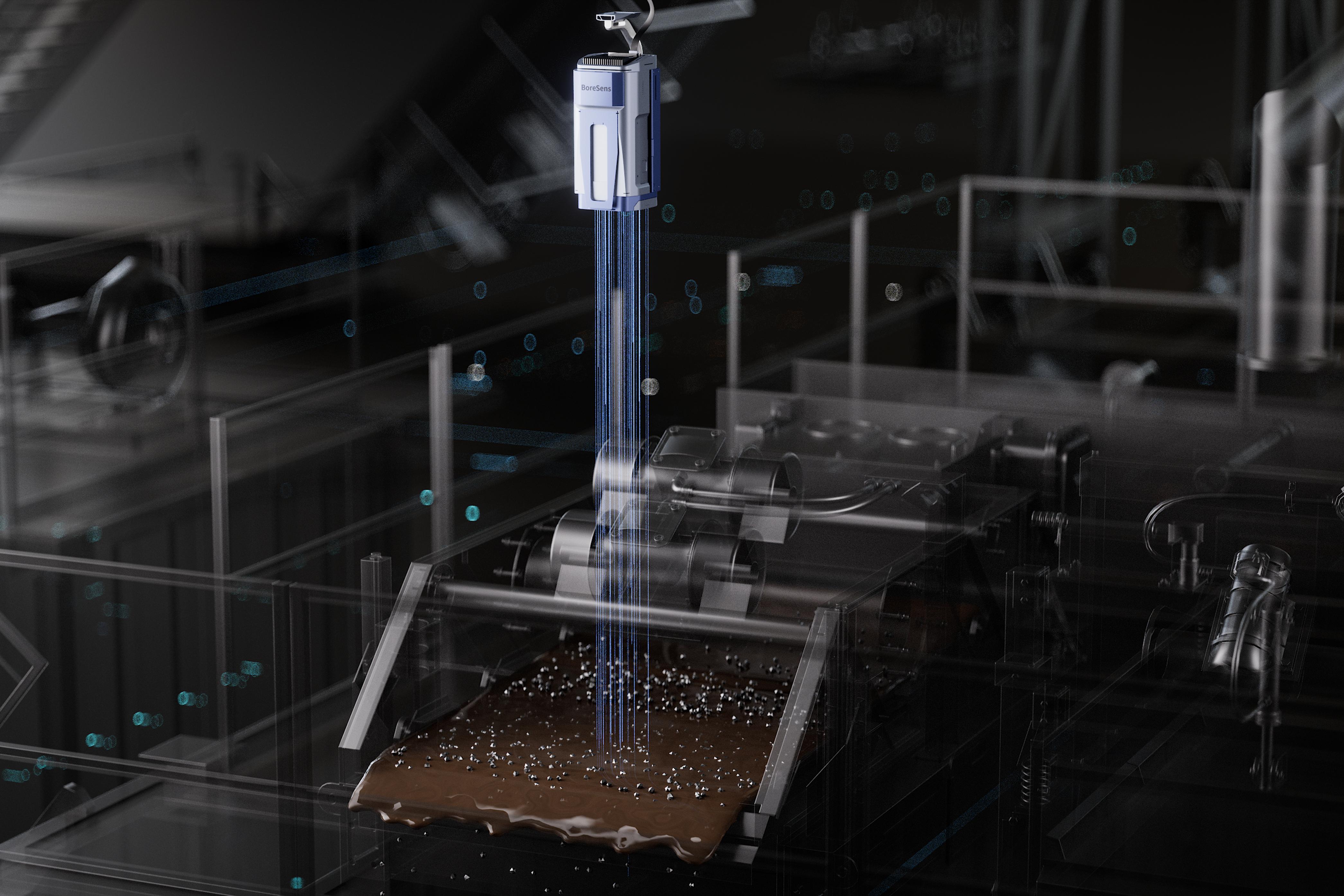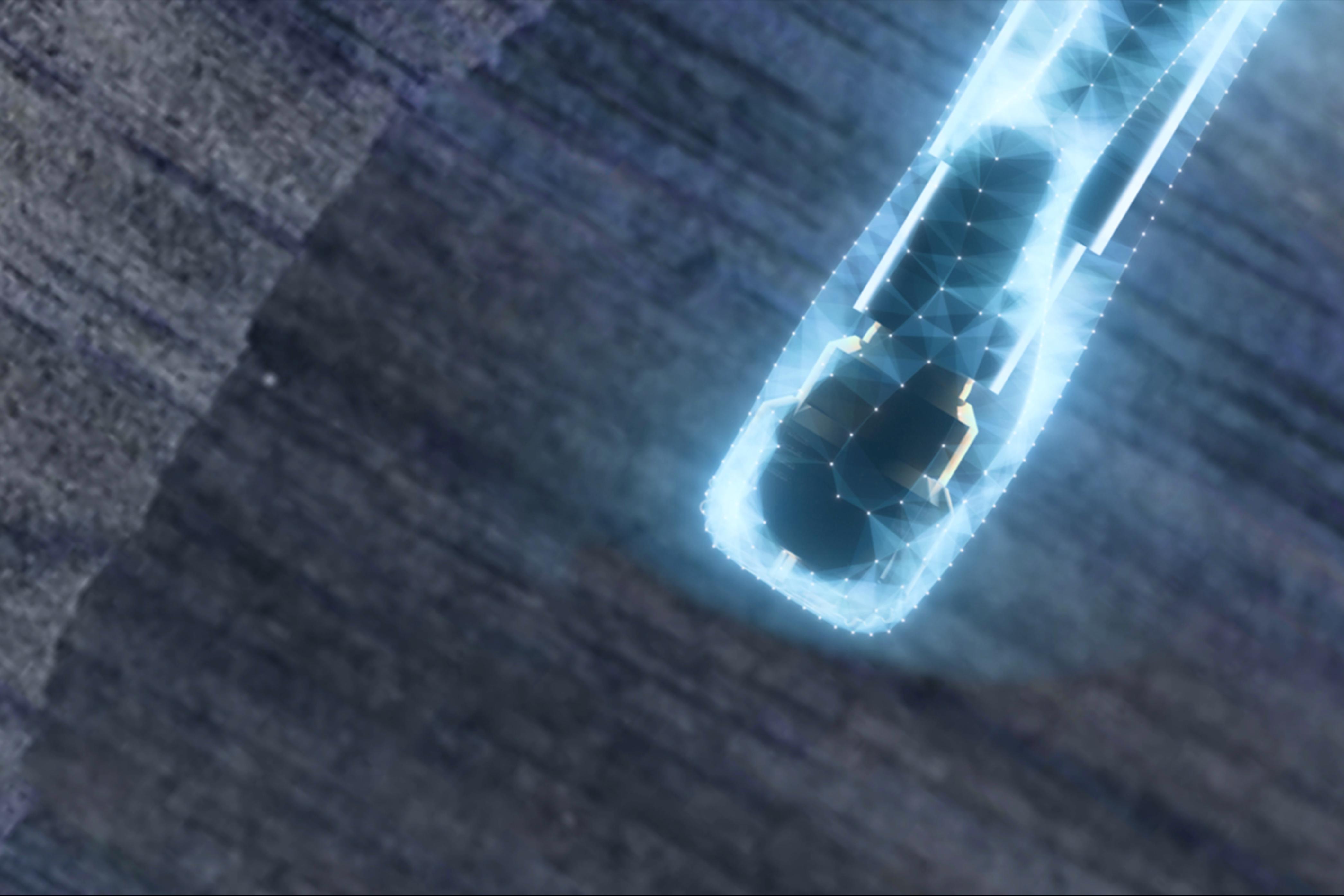Navigating Loss Circulation in Drilling — How Intelligent Monitoring and Optimised Drill Fluids Make the Difference
2025-11-19
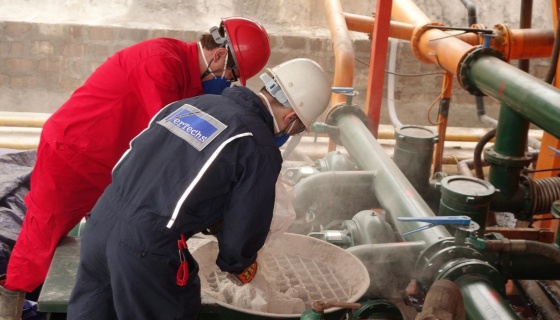
In the world of oil & gas drilling, nothing quite throws a spanner into the works quite like loss circulation in drilling — that moment when the carefully pumped volume of drill fluid fails to return to surface, instead seeping into fractures, vugs or porous zones. At first glance it might look like a simple bleed‑off, but scratch beneath the surface and you’ll find it’s a complex interplay of geology, fluids, equipment and timing. And when that happens, the consequences cascade: excess non‑productive time, compromised hole stability, wasted drilling additive budgets, and ultimately a dent in the project’s bottom line.
Before we plunge deeper, let’s pause on the role of drill fluid (often called drilling mud). It’s not just a suspension of clay and water or oil; it’s engineered with purpose. The right drill fluid carries cuttings, cools the bit, stabilises the borehole wall, and provides the hydrostatic pressure to counter kicks or influxes. When you pair that with the right drilling additives—which adjust viscosity, gel strength, fluid loss characteristics—you have a toolset, not just a liquid. But if the formulation is off, or if you miss real‑time changes under downhole conditions, you start flirting with trouble, and that’s when loss circulation in drilling creeps in.
Let’s bring in one of the emerging players in the field: Vertechs Group. Their focus on intelligent fluids monitoring technology and automated drill fluid inspection offers a real‑world case of how combining data, fluid control and additives can reduce the risk of loss circulation in drilling. For instance, their REALology system monitors drilling fluid properties continuously — density, rheology, pH, chlorides — all of which interplay with a fluid’s ability to seal fractures and maintain a stable wellbore environment. When the drill fluid is behaving as intended, you’re far less likely to dump mud into a formation and trigger lost circulation.
Here’s a scenario: you’re drilling ahead, and your high‑performance drill fluid, enriched with tailored drilling additives, is bobbing along fine — until you hit a permeable zone with micro‑fractures. If you’re not watching the drill fluid behaviour — its rheology, gel strength, fluid loss trends — you might not catch the hint of loss circulation in drilling until you’ve lost one or two barrels. That’s where monitoring systems step in: they flag abnormal drops in return flow or signs of thinning fluid, allowing you to react—perhaps by modifying your fluid system composition, pumping in a bridging additive or reducing the annular velocity to let the additives work properly.
It’s worth emphasising that while drill fluid formulation and drilling additives matter enormously, the proactive step of drill inspection (in this context meaning real‑time monitoring of fluid system performance) is the glue that ties prevention together. Vertechs highlights that the deployment of their monitoring platform led to detectable improvements in drilling fluid control and fewer downhole surprises. When the fluid properties are constantly in view, you give yourself a chance to dial in the right drill fluid recipe and add the right drilling additives at the right time — not after you’re chasing a loss circulation event.
Another dimension to consider is that “loss circulation in drilling” doesn’t always strike at the same time, or for the same reason. Sometimes you’ve got a competent drill fluid system with the right additives, but then you’re drilling into an unexpected cavernous limestone or an old fracture network, and suddenly your mud starts vanishing. At that point, even the best fluid mixture may struggle unless you’ve built in contingencies: early detection via drill fluid monitoring, swift introduction of drilling additives that plug fractures (like lost‑circulation materials), and perhaps adapting your drilling parameters to reduce stress on the formation.
So what practical lessons emerge? One: you never treat the issue of loss circulation in drilling as separate from the activity of your drill fluid system. The two are interwoven. Invested few more dollars in a high‑quality drill fluid and a suite of drilling additives, but neglect the real‑time inspection of fluid behaviour — you’re still at risk. Two: when you hit anomalies — unexpected pressure drops, shifting mud weights, increased cuttings concentration — your response is only as good as out‑of‑date lab data unless you’ve got automated drill inspection systems. Vertechs describes the shift from static sampling to continuous fluid property monitoring as a “game‑changer”. Three: bridging fluid technology with downhole condition awareness matters. A fluid might perform well in standard conditions but once you go into narrow‑window drilling or fractured zones, the combination of drilling additives plus real‑time monitoring becomes essential.
What does that look like in practice? Imagine you’re drilling ahead with a water‑based drill fluid tailored for high temperature shallow subsalt zones. You’ve loaded in drilling additives for fluid loss control and filtration reduction. The drill bit is cutting fast, returns look normal. Suddenly, the monitoring system flags a drop in viscosity and a slight density shift — subtle, but enough for someone tuned in to spot that you’re losing fluid into the formation. Because of real‑time visibility, the drilling fluid engineer can tweak the additive dosage, perhaps boost gel strength, drop pump rate, and introduce lost‑circulation material. Result: fluid return stabilises, you keep ahead of the issue instead of firefighting later when thousands of barrels are gone and hole problems have begun. That is how effective integration of drill fluid strategy, drilling additives, drill inspection and loss circulation control works.
As drilling environments become more extreme — deeper, hotter, more fractured — the margin for error shrinks. The issue of loss circulation in drilling will only grow unless the industry embraces holistic approaches. That means: high‑performance drill fluid systems, intelligently selected drilling additives, and continuous drilling fluid inspection/monitoring platforms. Companies like Vertechs are already offering tools and solutions that speak to this integration — their services show that monitoring isn’t optional, its part of the strategy. To learn more about how Vertechs can support your energy technology needs, please contact us or email us at engineering@vertechs.com.
Read Our One More Blog(1): Fluid Rheology: The Heartbeat of Efficient Drilling Operations
Read Our One More Blog(2): The Future of Plug and Perf: How Dissolvable Tools Are Changing Well Completions!


